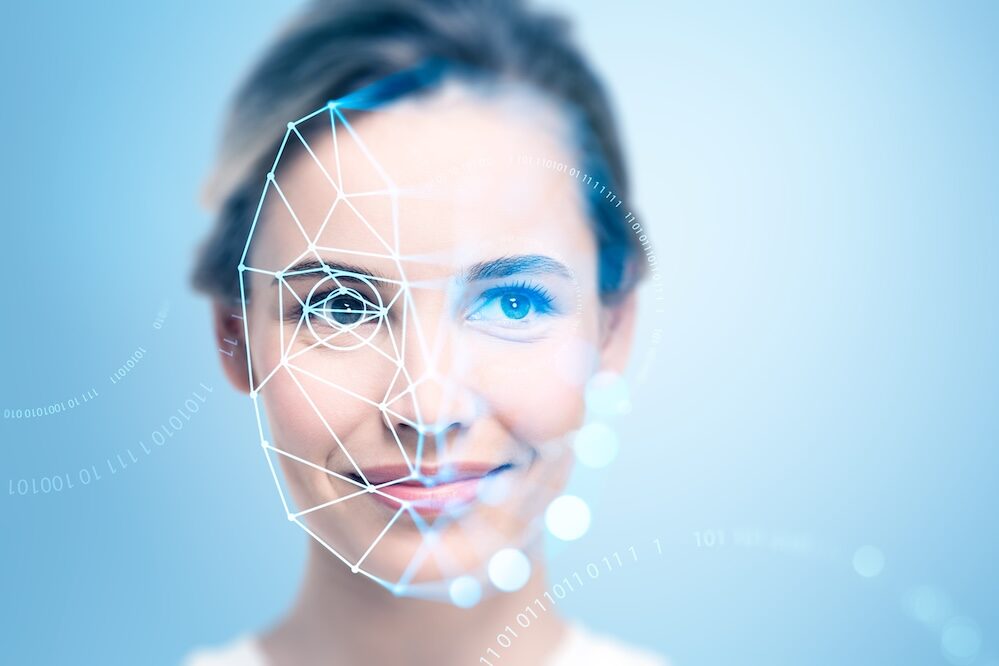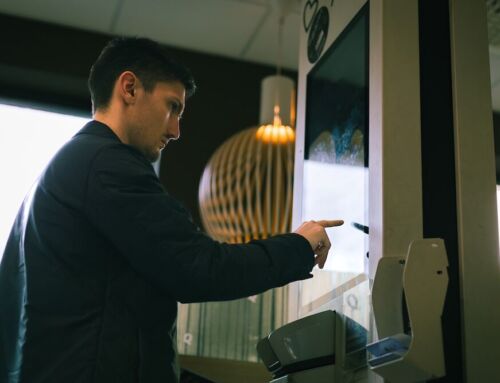Facial recognition technology has huge potential in the world of self-service. It is already widely used in kiosks for identification, security and personnel access, including in high-profile applications like border control.
In sectors such as retail, food service, hospitality and more, facial recognition systems are being explored as options to administer account-based transactions – everything from loyalty schemes to canteen services. As the technology matures, and with AI promising to boost efficiency and accuracy, we can expect use cases for facial recognition to multiply rapidly.
Not everyone, however, is entirely sold on the idea of a future where every interaction we have with a machine involves having our faces captured on camera. It’s not just a case of people being camera-shy. There are important ethical considerations to weigh up on issues like privacy.
At Acante, we believe that facial recognition technology has an important role to play in the present and future of kiosks. But as biometric kiosk specialists, we understand the importance of trust in identification technologies. People have to buy into them, and that demands responsible, ethical use.
Here’s our take on the main ethical issues surrounding the use of facial recognition technology.
Privacy
One of the biggest concerns people have about facial recognition technology centres on what happens to the captured biometric data, how it is stored and who has access to it. Having your name and email address filed away on some hidden database is one thing; your photograph is something else entirely. It’s understandable that many people view it as invasive and risky in equal measure. What happens if someone hacks that database and steals your image? The identity theft consequences could be calamitous.
Data privacy laws like the GDPR already offer robust protection against improper sharing of personal data, and demand any organisation that collects personal data – including image captured by facial recognition cameras – exercise the strictest cybersecurity protocols.
It remains to be seen whether such laws will be updated to reflect increased use of facial recognition. But in the meantime, anyone using it on kiosks should stick strictly to the letter of the GDPR and other relevant privacy laws.
Transparency and consent
One of the cornerstones of the GDPR is that people have a right to know exactly what their data is being used for, and have the opportunity to refuse. These are essential principles for building trust in facial recognition technology. In brief, if you have a kiosk with a camera, make sure it is clear to every user. Tell them if you are using facial recognition technology, give them an opportunity to ask why, and importantly, give them the opportunity not to use the system if they don’t want to.
If they are clearly informed and if there is a clear benefit to using it (and if they trust their data is being captured and used responsibly), most people will choose to use it.
Surveillance and security
One of the biggest controversies surrounding facial recognition at present is its use by law enforcement as a surveillance tool. Certain practices, like the application of facial recognition technology to CCTV cameras to identify people in public places, has already become something of a political football being kicked around between law-and-order advocates and civil liberties groups.
While these issues aren’t directly relevant to private businesses, people should be wary of trumpeting the fact that they use facial recognition cameras on their kiosks for, say, account recognition, but then also use the images captured for security, too. Again, it comes back to the question of transparency.




